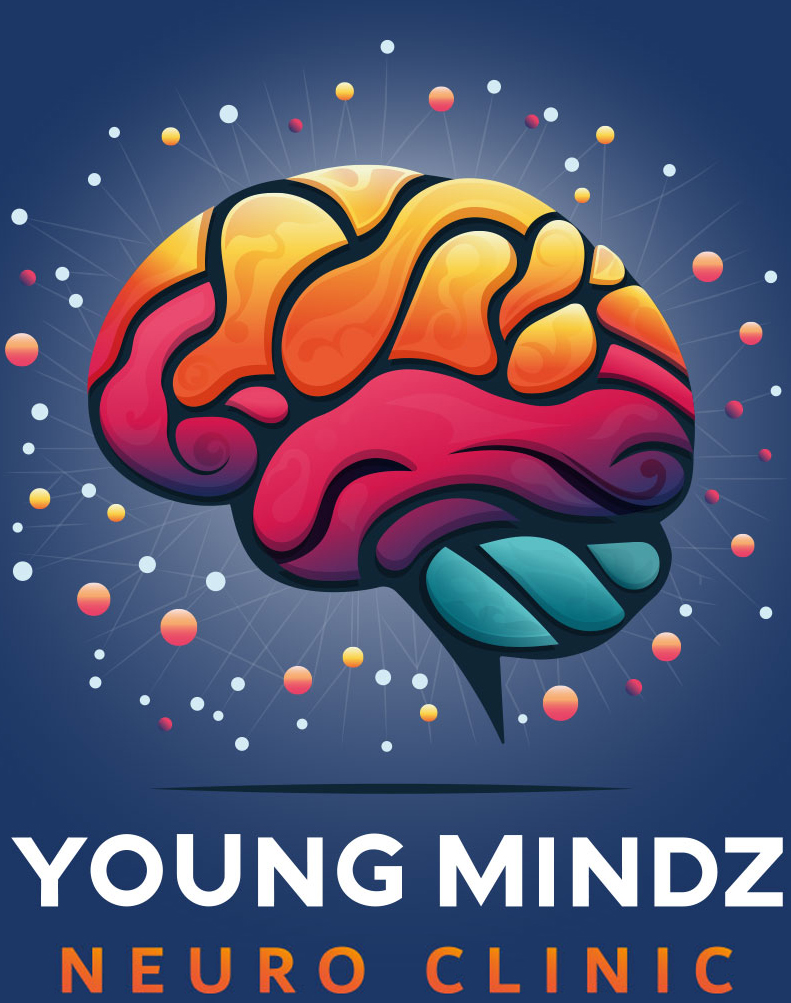COVID-19 Resources for Neurology Coaches... Learn More
Headaches and Migraines
What types of headaches can children get?
Headaches are common in children. Two of the most common types of headaches in children are:
- Tension headaches– These cause pressure or tightness on both the left and right sides of the head. Tension headaches are usually not severe enough to keep children from doing their daily activities, such as going to school.
- Migraine headaches– Migraine is a condition that involves a headache as well as other symptoms. Migraine headaches, or “attacks,” often start mild and then get worse. They might affect just 1 side of the head or both. Migraine can also cause your child to feel sick or vomit, or make them sensitive to light and sound. Migraine can also cause temporary problems with vision. For example, before a migraine attack, some children see spots or colored lights. When they have a migraine attack, children are often not able to do their normal daily activities, such as go to school.
Children also tend to get headaches if they have a cold, the flu, a sore throat, or a sinus infection.
In rare cases, headaches in children are caused by a serious infection (such as meningitis), severe high blood pressure, or brain tumors.
What might be causing my child’s headaches?
Sometimes, headaches can be triggered by certain foods or things children do. To get an idea of what might be causing your child’s headaches, keep a “headache diary.” This involves writing down every time your child has a headache and what they ate and did before it started.
Some common headache triggers are:
- Skipping meals
- Not drinking enough fluids
- Having too much caffeine, or having less caffeine than usual
- Sleeping too much or too little
- Stress
- Certain foods, such as bologna or hot dogs
You can also write down what medicine you gave your child for the headache and whether or not it helped.
Will my child need tests?
It depends. If your child’s doctor suspects a serious infection or problem, they might order tests, like:
- An imaging test such as an MRI or a CT scan – These create images of the inside of the body.
- A “lumbar puncture,” also called a spinal tap – A doctor puts a thin needle in the lower back and removes a small amount of spinal fluid. This is the fluid that surrounds the brain and spinal cord. They do lab tests on the sample.
How can I help my child feel better?
If your child does not need to see a doctor, you can:
- Have your child rest in a quiet, dark space if possible. It might help to put a cool, damp cloth on their forehead.
- Encourage your child to sleep, if they want to. Sleep can help, especially with migraine attacks.
- Give your child pain medicine, such as children’s acetaminophen(sample brand name: Tylenol) or children’s ibuprofen(sample brand names: Advil, Motrin). Never give aspirin to a child younger than 18 years. In children, aspirin can cause a life-threatening condition called Reye syndrome.
If your child gets headaches often, work with their doctor to find a treatment that helps. Do not try to manage frequent headaches on your own with non-prescription pain medicines. Taking these too often can actually cause your child to have more headaches later.
How can I help keep my child from getting headaches?
If you know what things trigger your child’s headache, avoid those things if possible.
It also might help for your child to:
- Eat healthy foods, and avoid skipping meals. Drink plenty of water.
- Get enough sleep. Try to keep a consistent sleep schedule.
- Learn healthy ways to manage stress.
- Make other healthy lifestyle changes, like getting more physical activity.
When should I call the doctor?
Call for an ambulance (in the US and Canada, call 9-1-1) or take your child to the emergency department if they have a headache that:
- Starts after a head injury
- Wakes them up
- Is sudden or severe and happens with other symptoms, such as:
- Vomiting
- Neck pain or stiffness
- Double vision, or changes in vision
- Confusion
- Loss of balance
- Fever of 100.4°F (38°C) or higher
Call your child’s doctor for advice if they:
- Get headaches more than once a month
- Have a headache and are younger than 6 years old
- Have a headache and have certain medical conditions, such as sickle cell disease, bleeding problems, immune system problems, genetic problems, heart problems, or cancer
Patient education: Migraine in children (The Basics)
Patient education: Head injury in children and teens (The Basics)
Patient education: Meningitis in children (The Basics)
Patient education: Headache in children (Beyond the Basics)
Patient education: Head injury in children and adolescents (Beyond the Basics)
Patient education: Meningitis in children (Beyond the Basics)
Source: UpToDate


